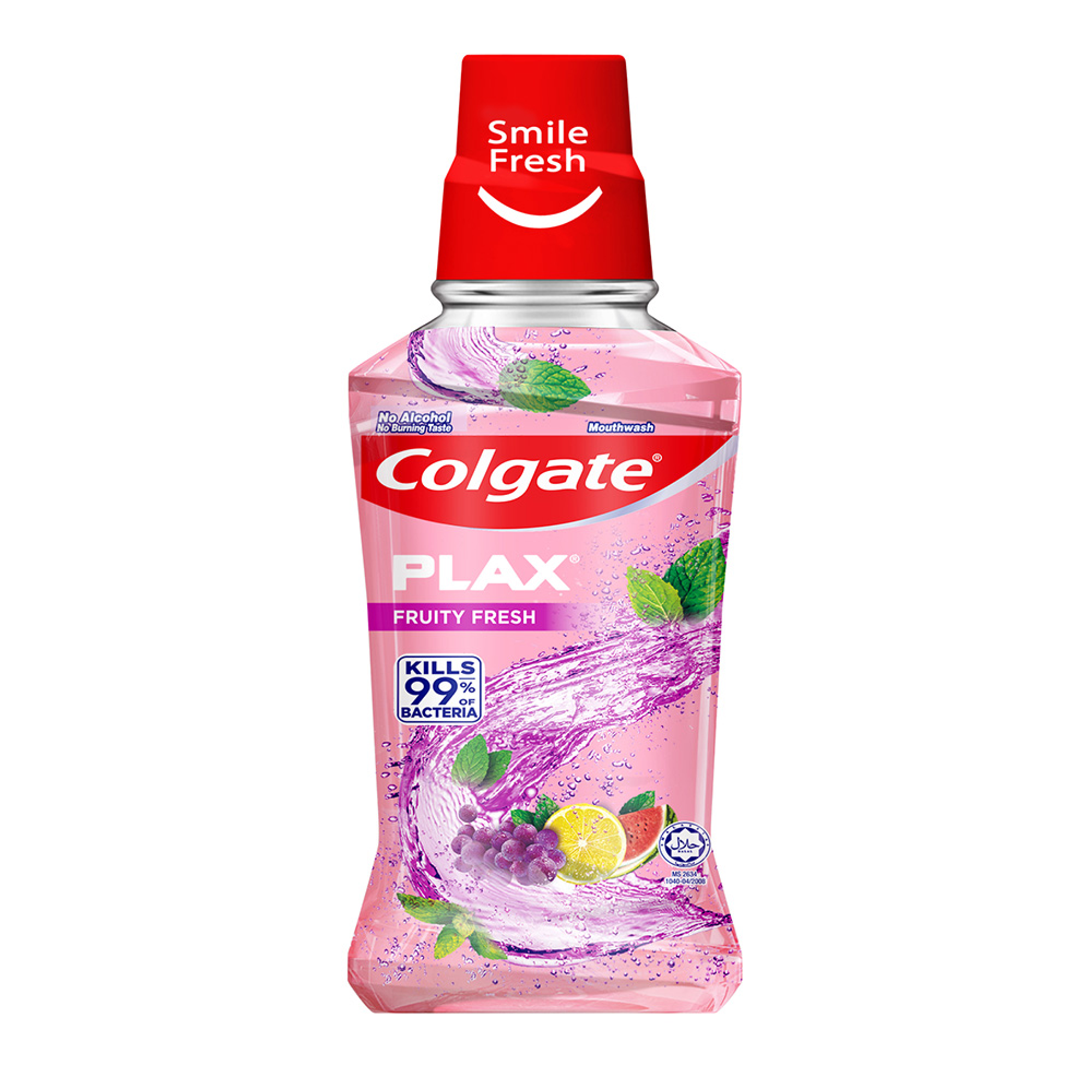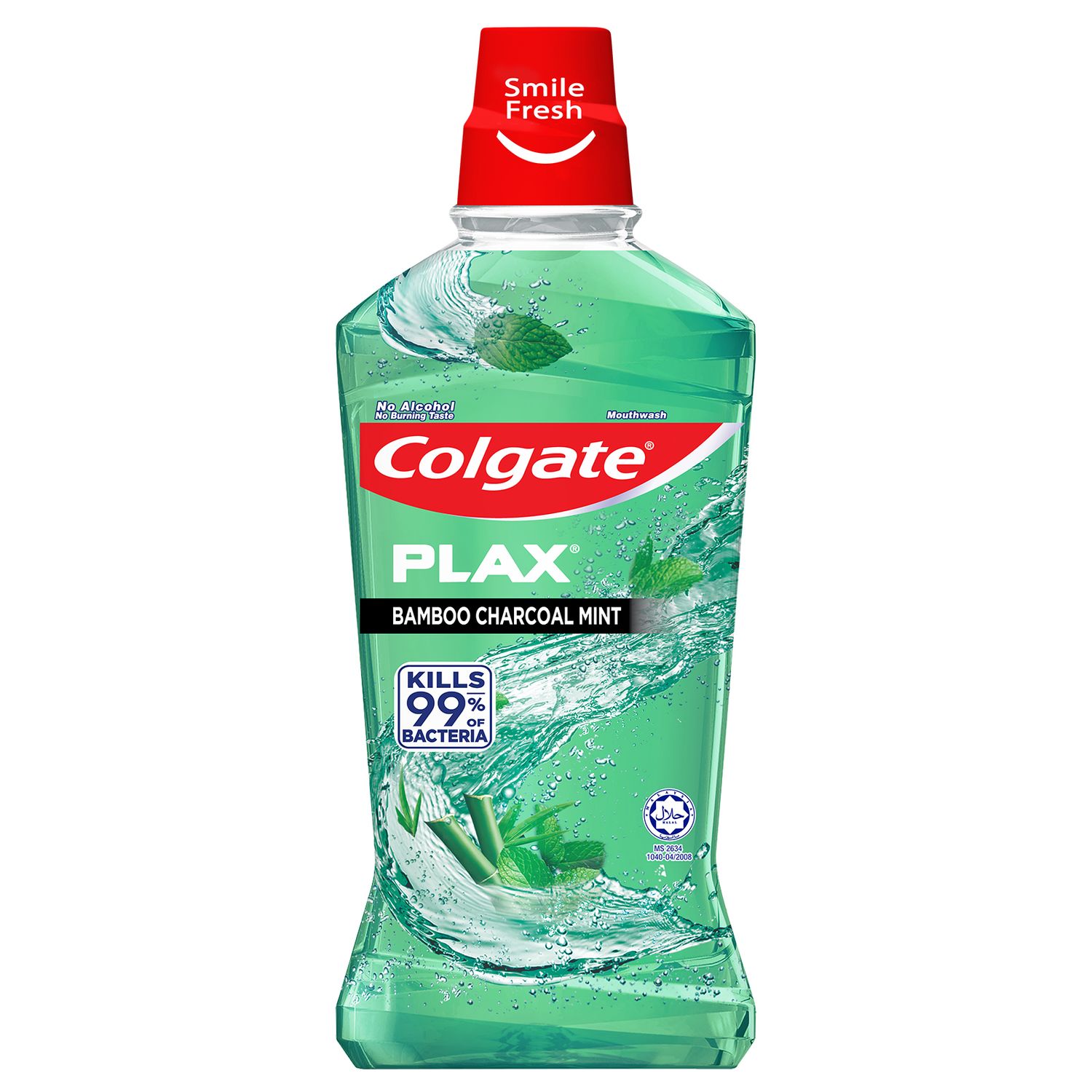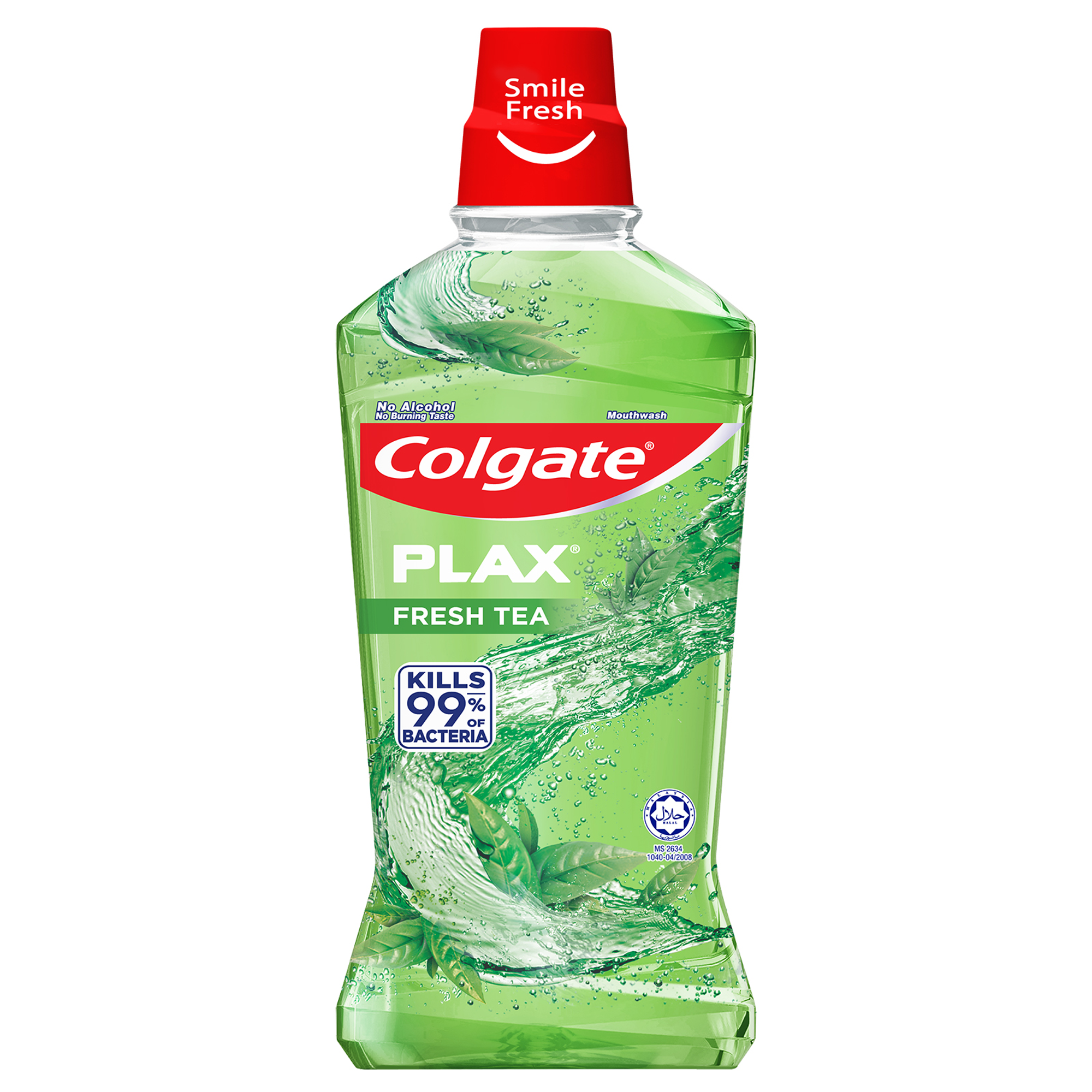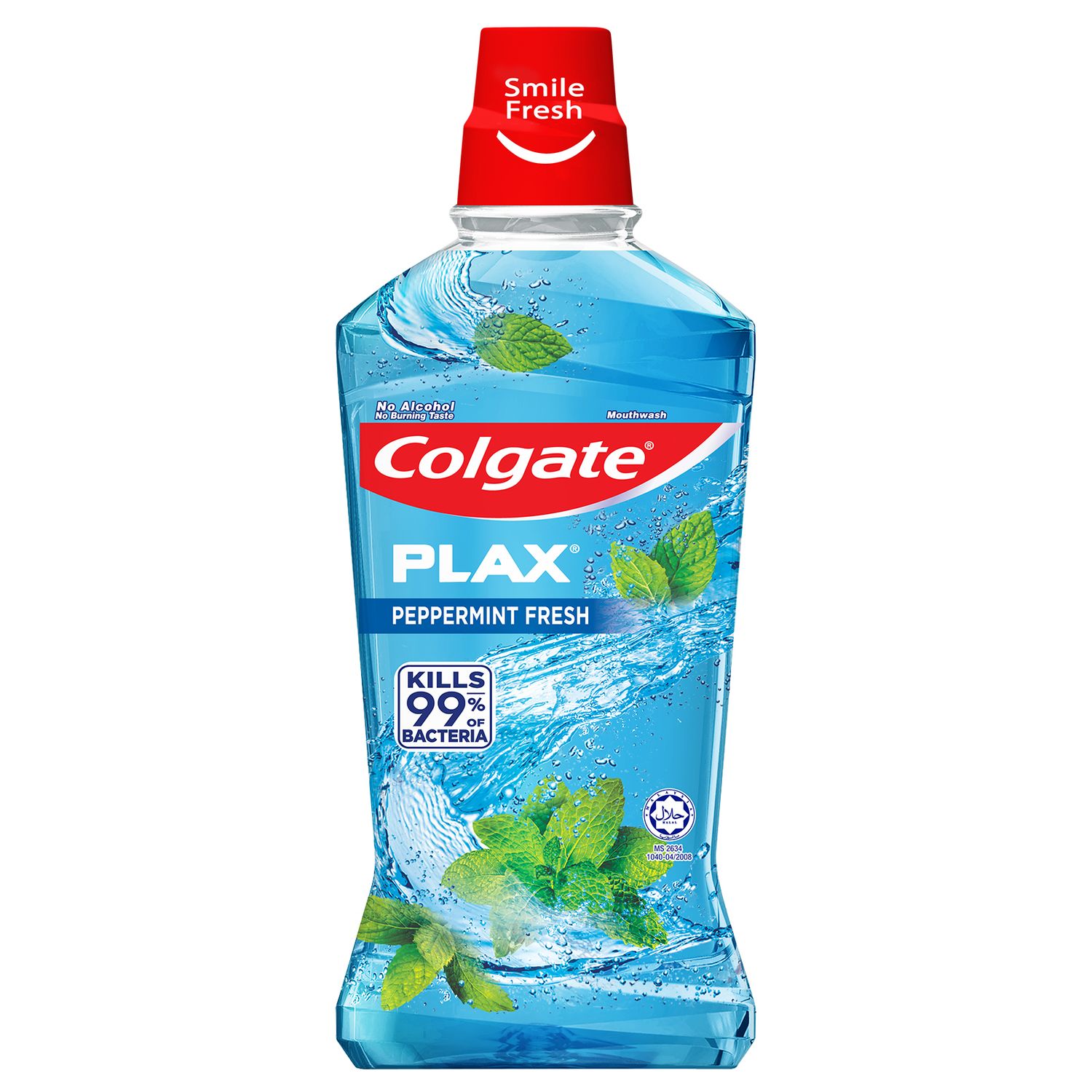What Is Celiac Disease?
A gastrointestinal disorder found in 1 percent of the world's population, celiac is more likely to occur in people with close relatives who suffer from it, according to the Celiac Disease Foundation. The illness is based on an intolerance of gluten, the protein found in wheat and other grains such as rye and barley. The intolerance prompts the patient's immune system to attack the small intestine whenever gluten is found to be present. Apart from the discomfort, this response can cause lasting damage to the lining of the intestine, preventing you from absorbing several valuable nutrients from your food.
Why It Affects the Mouth
So, how does a gastrointestinal condition affect your mouth? When your immune system damages your intestines, it also affects other soft tissue areas of the body – one of which is your mouth. Medical professionals don't know exactly why this occurs, but the Journal of the Canadian Dental Association suggests it could reflect a deficiency in various minerals and vitamins caused by your inability to absorb them through the stomach.
How to Identify the Sores
The sores caused by celiac disease are very similar to aphthous stomatitis or oral ulcers, commonly known as "canker sores." These occur in patients for a multitude of reasons, and typically at random. They come in different forms and can last from a week to a couple of months.
According to Dr. Peter H. R. Green, director of the Celiac Disease Center at Columbia University, it is possible to identify celiac mouth sores from other oral lesions based on:
- Whitish sores on the tongue and the inside of the cheeks.
- Visible defects in tooth enamel.
- The presence of other symptoms of celiac disease, such as skin rash, headaches, bloating, diarrhea and fatigue.
Treatment
ymptoms of celiac disease generally subside when treating the illness itself, and because the problem starts with gluten, your first step is to exclude this protein composite from your diet. If your condition is diagnosed early, nutritional therapy is often all that's needed to help you recover – which can take as little as six months. In some cases, however, patients with lifelong celiac disease need the intravenous delivery of the nutrients they're missing out on to overcome intestinal damage.
Other Types of Oral Lesions
Some of the types of mouth sores that aren't related to celiac disease include:
- Cold sores, which typically appear on the lips.
- Ulcers caused by ill-fitting dentures, crowns and bridges.
- Lesions resulting from a viral herpes infection.
- Thrush caused by yeast infections, dry mouth or antibiotic medications.
Most of these oral lesions can be treated topically using products such as Colgate® Peroxyl® Mouth Sore Rinse, which is recommended by many dental professionals to soothe the irritation. Its bubbling action cleans and reduces patients' discomfort while promoting healing, and comes in an alcohol-free formula for more sensitive mouths.
Prognosis
With the regular avoidance of foods containing gluten, those with celiac disease should have no ongoing symptoms to deal with, according to Cleveland Clinic. Celiac mouth sores heal and abdominal discomfort diminishes when the body isn't required to process gluten, and once you tend to the dental issues resulting from the illness, you may return to your normal lifestyle.












